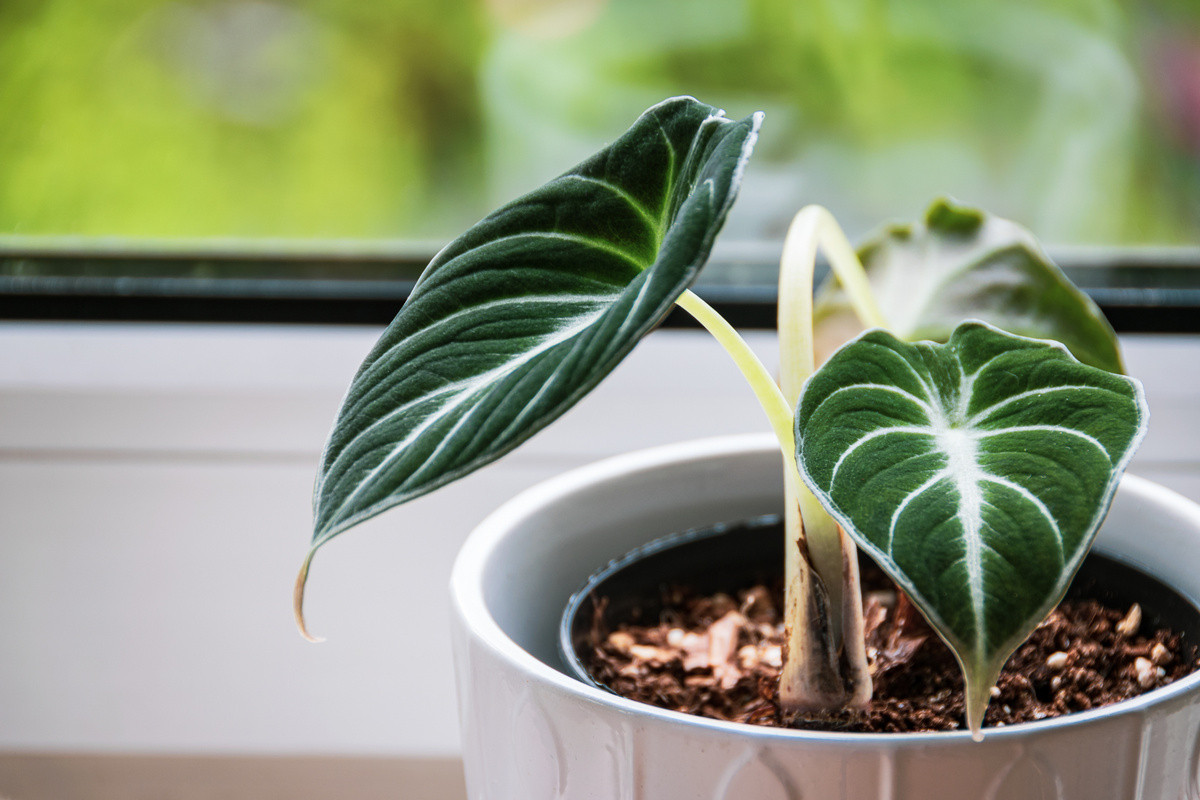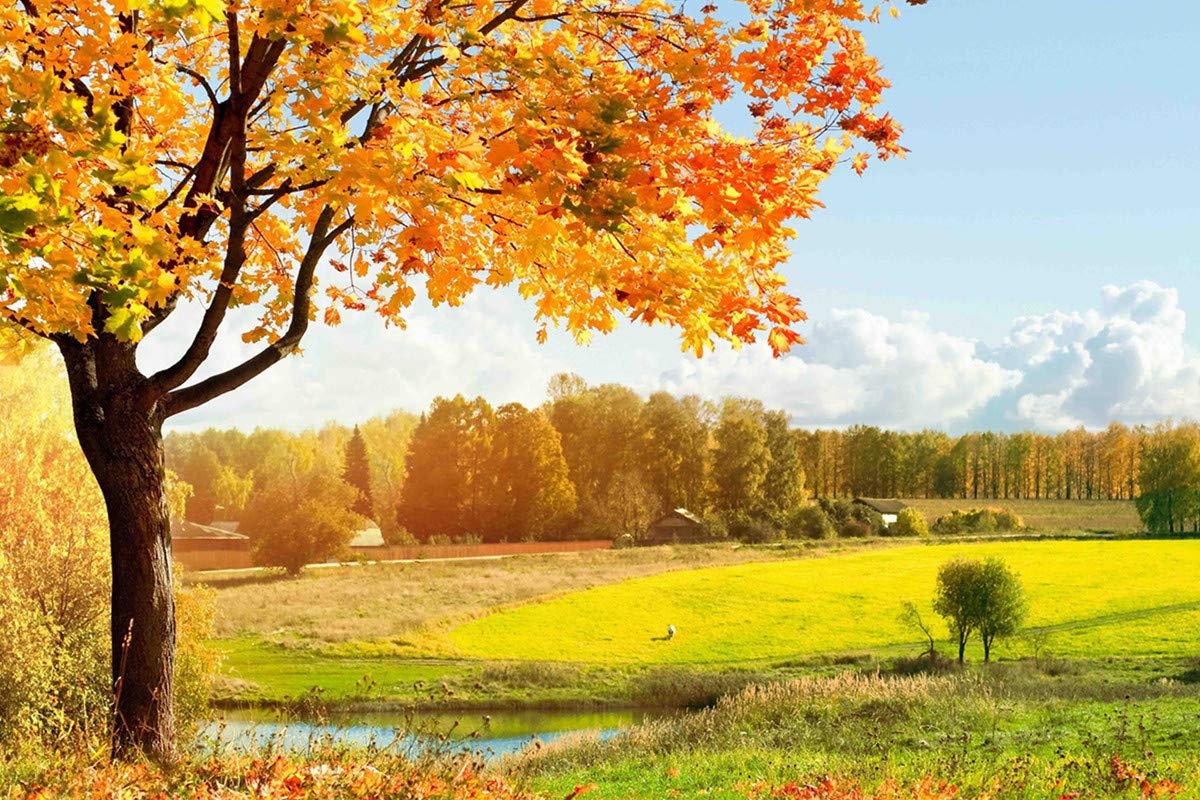Alocasia Wentii, often referred to as the “Hardy Elephant Ear,” is a striking tropical plant beloved by gardening enthusiasts and interior decorators alike. With its large, glossy leaves and unique coloration, this plant is a showstopper that adds a touch of elegance to any indoor or outdoor space. Beyond its visual appeal, Alocasia Wentii is relatively easy to care for, making it a popular choice for both novice and experienced plant owners. In this guide, we’ll explore everything you need to know about Alocasia Wentii, from its care requirements and growth tips to the benefits it brings to your home.
Understanding Alocasia Wentii
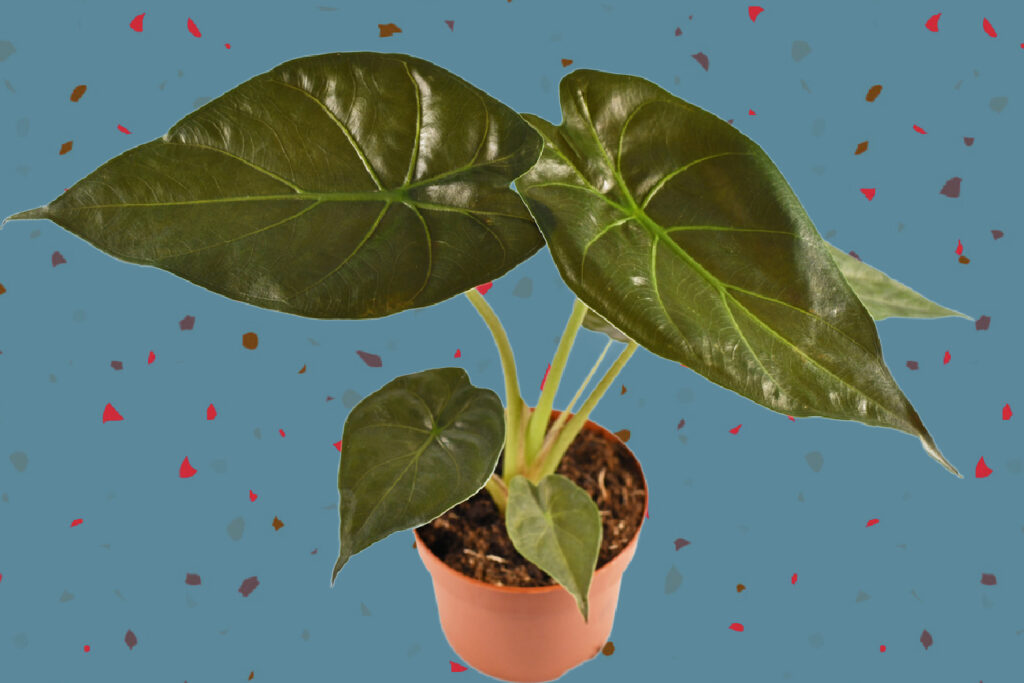
Table of Contents
Description and Origin
Native to the tropical rainforests of Southeast Asia, Alocasia Wentii is a hybrid variety known for its resilience and adaptability. Its distinctive leaves, which are dark green on the top and purplish-brown underneath, make it a unique addition to any plant collection.
Unique Features and Appearance
- Leaf Shape and Size: Large, heart-shaped leaves that can grow up to 12 inches in length.
- Color Contrast: The dual-tone leaves—green on top and purple beneath—create a dramatic visual effect.
- Compact Growth: While it can reach heights of 3-4 feet, it remains relatively compact compared to other Alocasia varieties.
Overview of Its Flowers
Although Alocasia Wentii is primarily grown for its foliage, it can produce flowers under ideal conditions. These blooms are spathe-like and resemble small calla lilies, adding another layer of charm to this tropical beauty.
Care Tips for Alocasia Wentii
Ideal Light and Temperature Conditions
- Light: Prefers bright, indirect sunlight. Avoid direct sunlight, as it can scorch the leaves.
- Temperature: Thrives in temperatures between 65°F and 85°F. Keep it away from cold drafts and sudden temperature changes.
Watering Requirements
- Water the plant when the top 1-2 inches of soil feel dry to the touch.
- Ensure the pot has proper drainage to prevent waterlogging, which can lead to root rot.
Soil and Potting Mix Recommendations
- Use a well-draining potting mix rich in organic matter.
- A mix containing peat, perlite, and a small amount of sand works well.
Fertilizer Needs
- Feed the plant with a balanced liquid fertilizer every 4-6 weeks during the growing season (spring and summer).
- Reduce feeding during fall and winter when the plant enters dormancy.
Growth Guide
How to Propagate Alocasia Wentii
- Propagation is best done through division.
- Gently remove the plant from its pot and separate the rhizomes, ensuring each section has a healthy root system.
- Replant the divisions in fresh soil and water thoroughly.
Common Growth Challenges and Solutions
- Yellowing Leaves: Often caused by overwatering. Adjust your watering schedule.
- Pest Infestations: Watch out for spider mites and aphids. Treat with insecticidal soap if necessary.
- Leaf Browning: Usually a sign of low humidity. Increase humidity with a pebble tray or humidifier.
Seasonal Care Tips
- During winter, reduce watering and keep the plant in a slightly warmer location to prevent cold stress.
- Resume regular care routines in spring as the plant begins to grow actively.
Benefits of Alocasia Wentii for Your Home
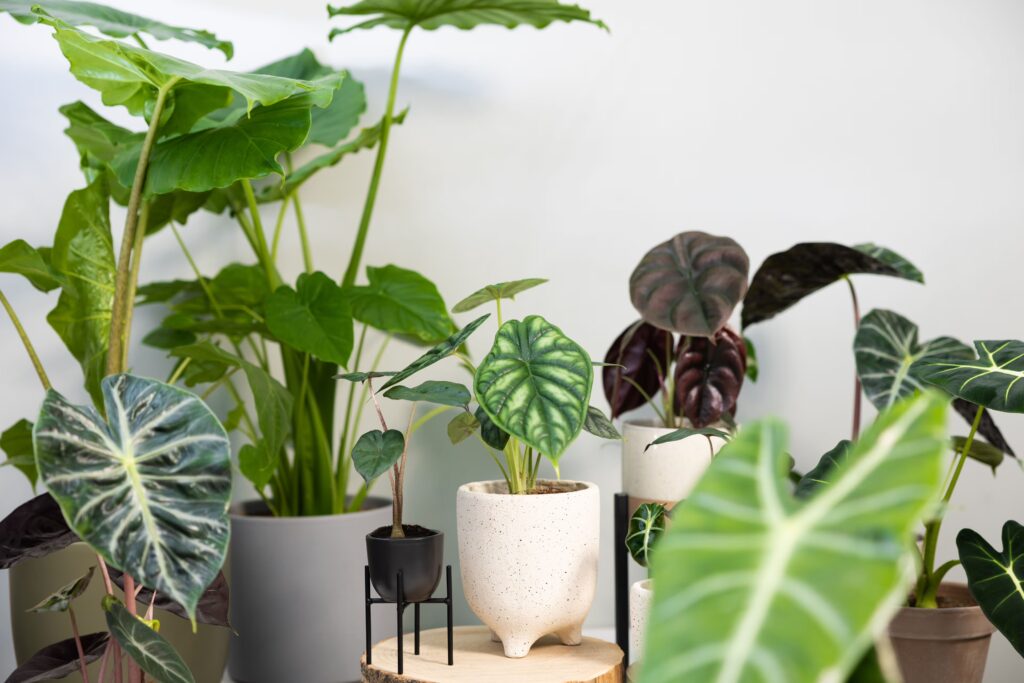
Aesthetic Appeal and Interior Decor
With its bold foliage and elegant structure, Alocasia Wentii is a natural choice for enhancing interior spaces. It pairs beautifully with modern, minimalist, and tropical decor styles.
Air-Purifying Properties
Like many houseplants, Alocasia Wentii helps improve indoor air quality by filtering out toxins and increasing oxygen levels.
Low-Maintenance Plant Benefits
Despite its exotic appearance, Alocasia Wentii is relatively low-maintenance, making it an excellent option for busy plant owners.
FAQs About Alocasia Wentii
1. Is Alocasia Wentii toxic to pets?
Yes, Alocasia Wentii is toxic to pets if ingested. Keep it out of reach of cats, dogs, and other animals to avoid any health issues.
2. How often should I water my Alocasia Wentii?
Water the plant when the top 1-2 inches of soil feel dry. Overwatering can lead to root rot, so ensure proper drainage.
3. Can Alocasia Wentii grow in low light?
While it prefers bright, indirect sunlight, it can tolerate low light conditions. However, growth may be slower, and the foliage may lose some vibrancy.
4. What type of pot is best for Alocasia Wentii?
A pot with good drainage holes is essential to prevent waterlogging. Terracotta pots are a great option as they allow the soil to dry out more evenly.
5. How do I increase humidity for my Alocasia Wentii?
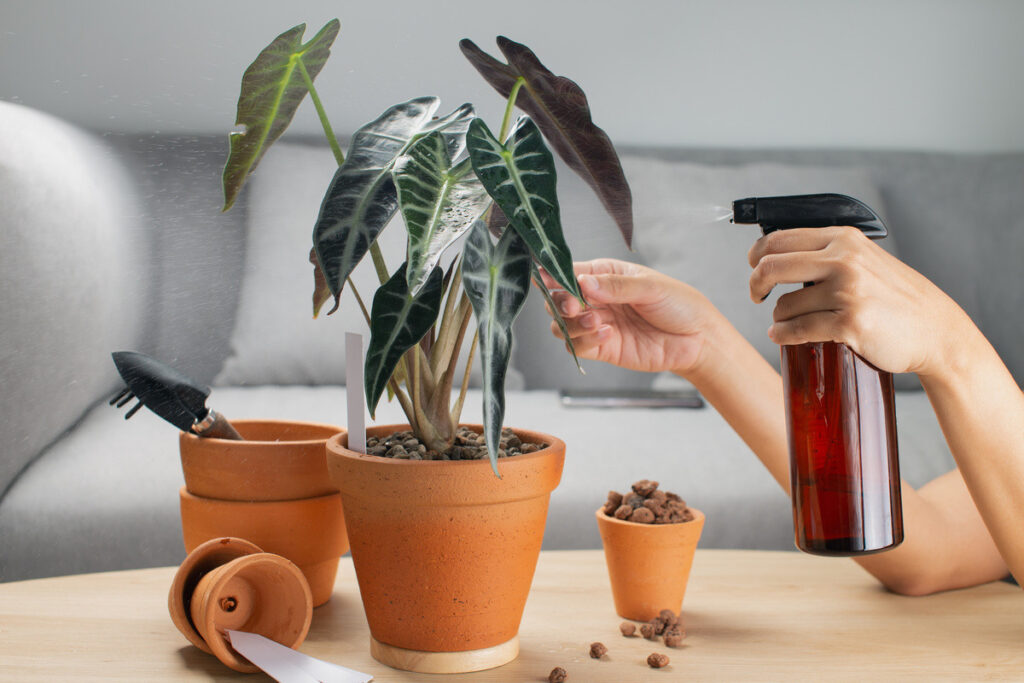
Use a humidifier, place a pebble tray with water beneath the pot, or group it with other plants to create a more humid microenvironment.
Common Questions About Alocasia Wentii
Does Alocasia Wentii Flower Indoors?
Yes, under optimal conditions, Alocasia Wentii can produce flowers indoors. However, this is relatively rare, as the plant focuses more on foliage growth.
How Big Does Alocasia Wentii Grow?
When grown indoors, Alocasia Wentii typically reaches a height of 3-4 feet. Outdoor growth may result in slightly larger sizes, depending on the environment.
Troubleshooting Common Issues
- Why are my Alocasia Wentii leaves drooping? This could be due to underwatering, overwatering, or sudden temperature changes.
- What should I do if my plant stops growing? Ensure it’s receiving adequate light, water, and nutrients. Dormancy in winter is normal.
Conclusion
Alocasia Wentii is more than just a plant; it’s a statement piece that brings life and vibrancy to any home. With proper care, this tropical beauty will reward you with lush foliage and occasional blooms, enhancing your indoor or outdoor space. Ready to add this stunning plant to your collection? Visit Gardenloom.com for more gardening tips and inspiration!

